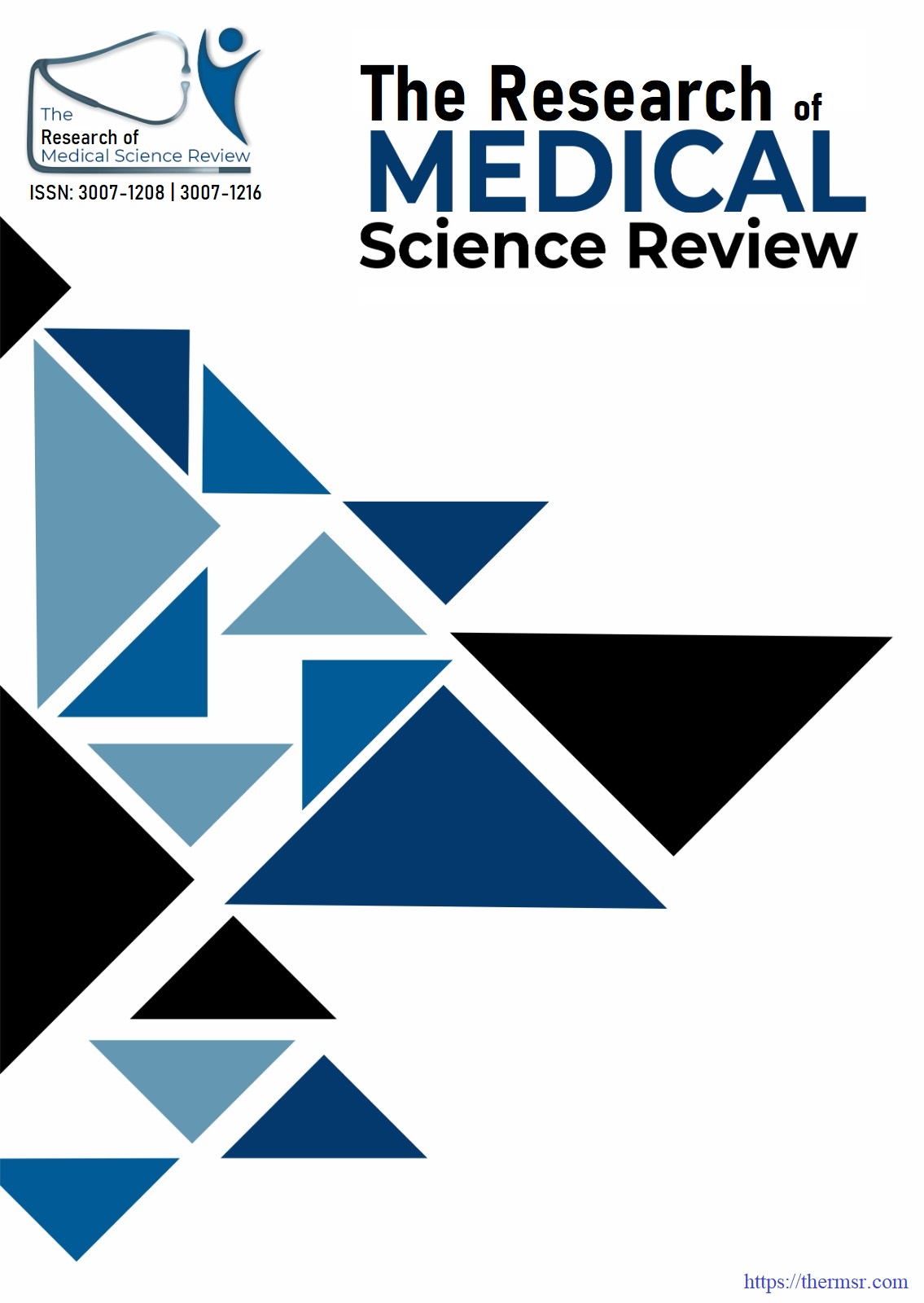COMPARING RECOVERY OUTCOMES: SINGLE-LAYER VS. DOUBLE- LAYER CLOSURE TECHNIQUES IN ILEOSTOMY REVERSAL PATIENTS
Main Article Content
Abstract
Background: Ileostomy reversal is a significant surgical procedure that aims to restore bowel function after an ileostomy. The closure technique used for the abdominal wall plays a critical role in recovery outcomes. Objective: This study compares the recovery outcomes between single-layer and double-layer closure techniques in ileostomy reversal patients. Methods: This comparative observational study was conducted at Department of Surgery Gujranwala Medical College during June 2024 to December 2024. A total of 65 patients participated in the study. All patients underwent the ileostomy reversal procedure under general anesthesia. For both groups, the primary surgical goal was to reconnect the bowel and close the stoma site. Results: The single-layer closure group showed a significantly lower incidence of postoperative complications (9.1% 18.8%, p = 0.12) and a higher rate of complete wound healing (84.8% vs. 78.1%, p = 0.03). The average length of hospital stay was shorter for the single- layer group (5.2 days vs. 6.7 days, p = 0.01), and patients in this group returned to normal activities faster (4.3 weeks vs. 5.6 weeks, p = 0.02). Postoperative pain scores were lower in the single-layer group (VAS = 4.2 vs. 5.1, p = 0.07), though this difference was not statistically significant. Quality of life scores were significantly higher in the single-layer group (82.5 vs. 77.2, p = 0.04), and patient satisfaction was greater (8.7 vs. 7.5, p = 0.03). No hernia formation occurred in the single-layer closure group, compared to a 6.3% incidence in the double-layer group (p = 0.05). Conclusion: It is concluded that the single-layer closure technique in ileostomy reversal offers several advantages over the double-layer closure method, particularly in terms of postoperative recovery.
Downloads
Article Details
Section

This work is licensed under a Creative Commons Attribution-NonCommercial-NoDerivatives 4.0 International License.
